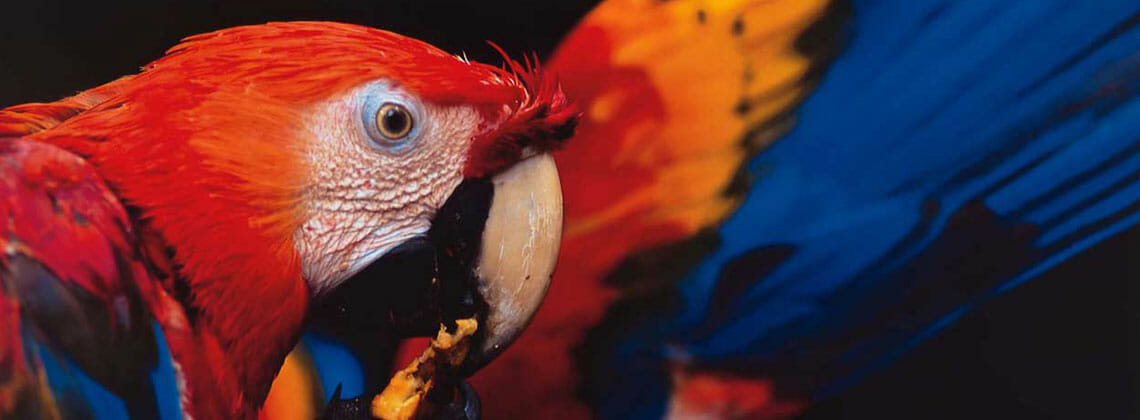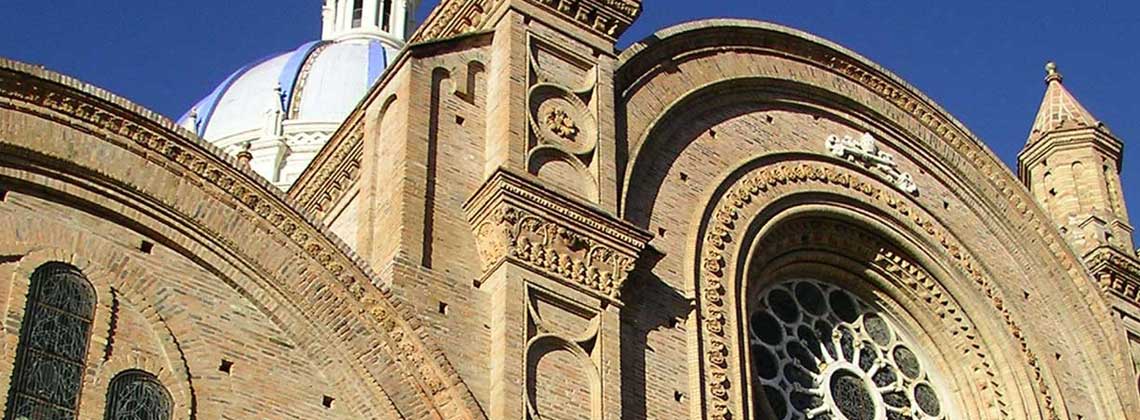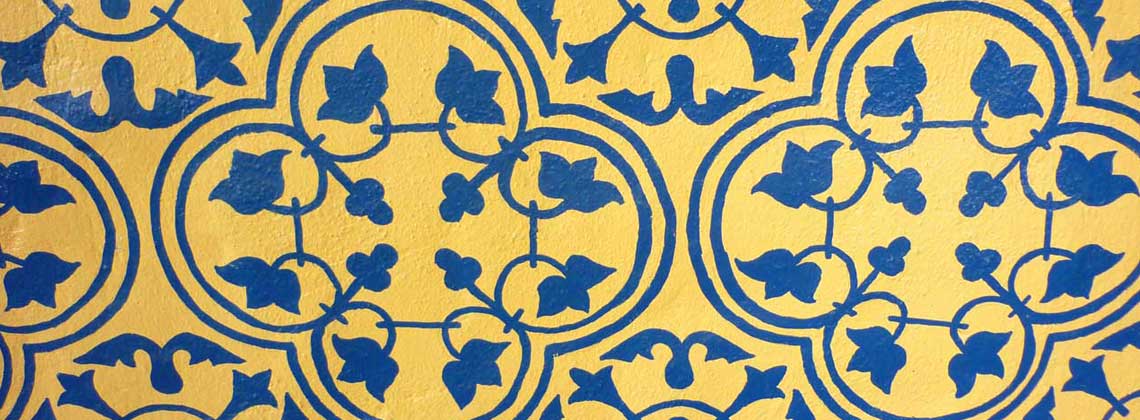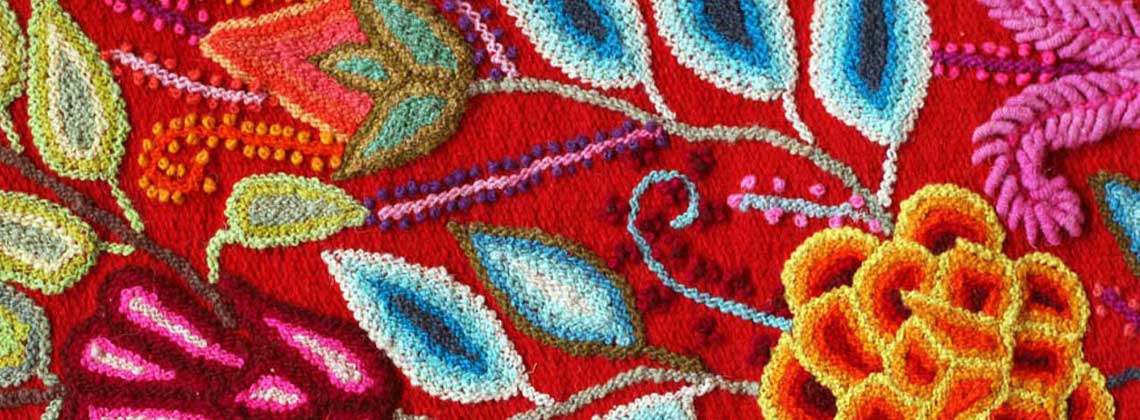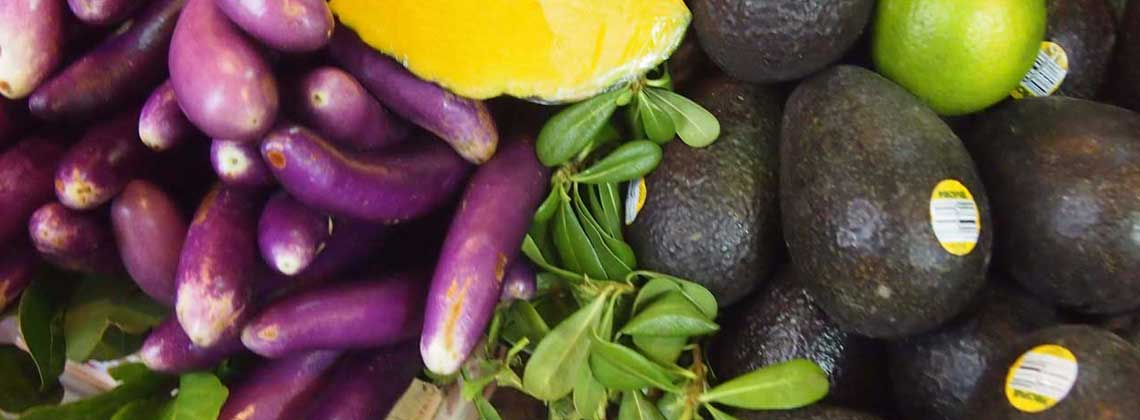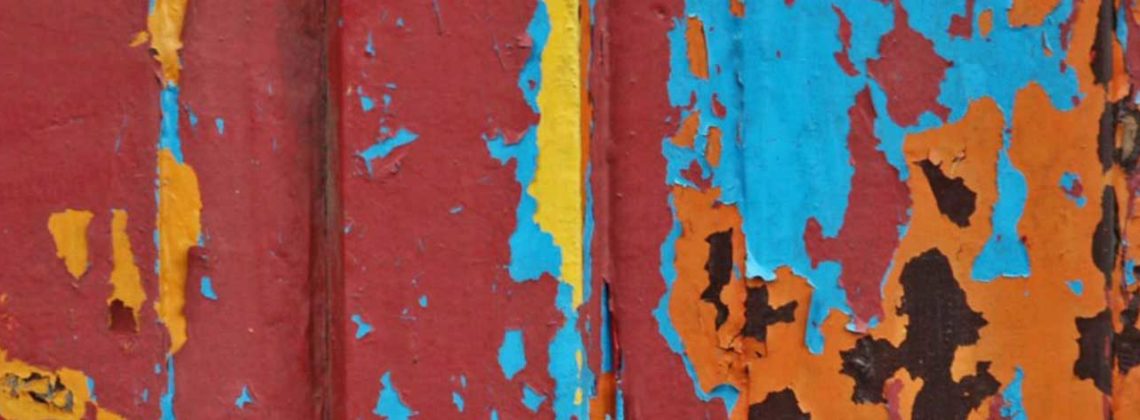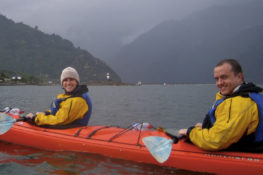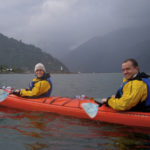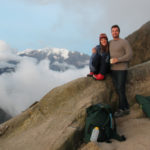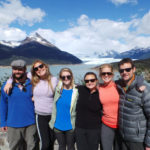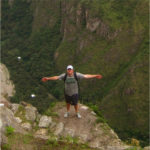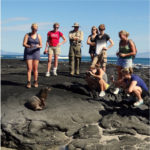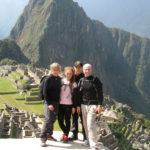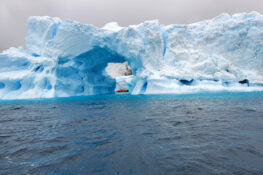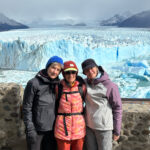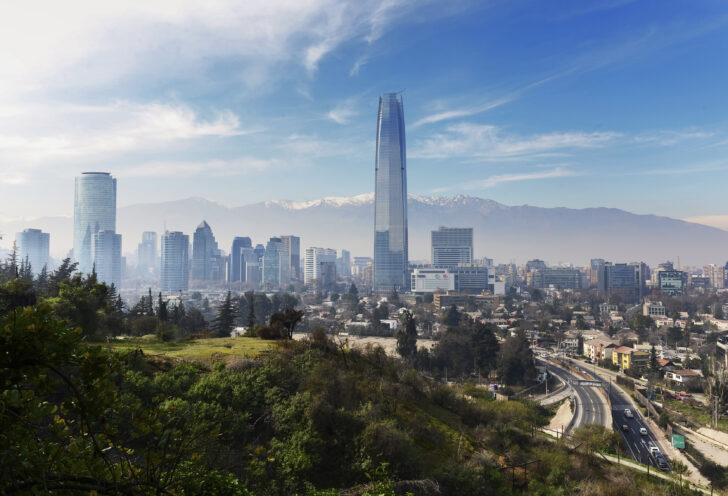
Whether you are heading to hike the base of Chile’s Torres del Paine National Park, exploring the Martian-like landscape of the Atacama, or basking in the glow of wine country, Santiago is an inevitable entry or exit point for your adventure. So what should a traveler do in Santiago, Chile in 48 hours?
Over the last 20 years as a resident, with 12 of them working in the travel industry, I’ve found my place as an advocate for this city. Over this time, the Chilean capital has gone through immense changes, but Santiago’s place as the exciting beginning or end of an amazing Chilean adventure remains strong.
Perched at the bottom of some of the impressive Andes, Santiago is a collection of distinct neighborhoods, barrios and communities where the geography and social makeup can be quite different. At the surface level, sometimes finding the right mix of elements can be a journey, but it offers a fascinating range of options for culture, art, outdoors activities, food, nightlife and more.
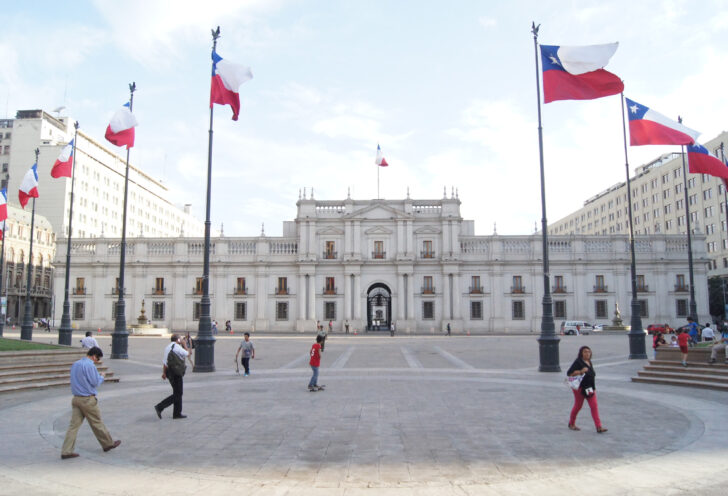
A quick visit to Santiago, Chile in 48 hours can mean exquisite meals, a dive into Chilean culture, politics and history, or views of a metropolis that sits against an untamed and immense mountain range. Finding the Santiago that resonates with your travel style and interests is key. In the end, this is the essence of custom, private travel, where yes, you can have it your way.
Here are my personal recommendations for experiencing Santiago, Chile in 48 hours:
Day 1: Get To Know The City
Familiarize yourself with some of the city’s neighborhoods and geography.
AM: Explore Santiago’s Historical Quarter
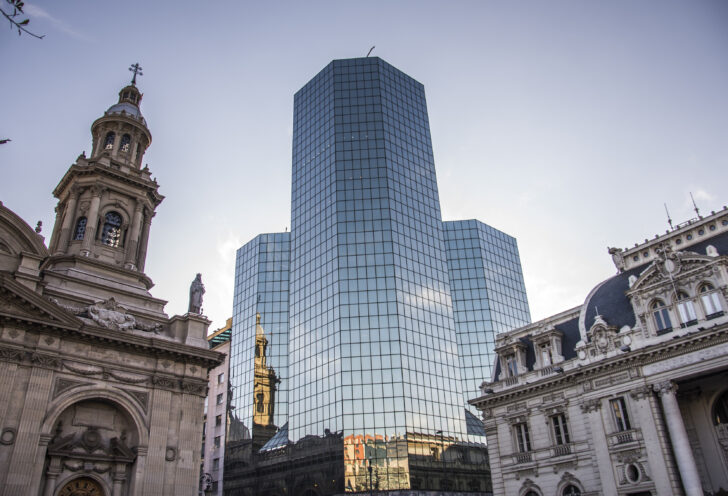
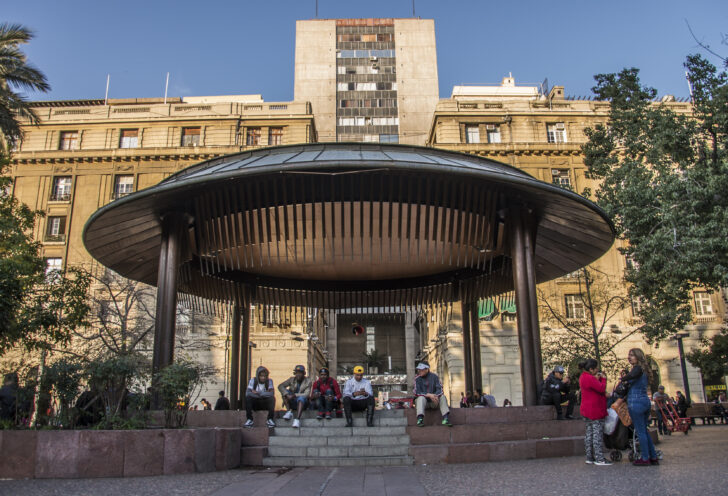
Contemporary Santiago is a sprawling urban area, but has very distinct neighborhoods. It’s actually over 30 municipalities that are packed together. Santiago Centro is the one that houses the historical quarter, the urban grid that corresponds to the original limits of the city, and many of the symbolic and most interesting landmarks can be found there. It’s how I’d recommend getting a visit started.
Lastarria is on the edge of this area, and is a great option for visitors to have as their base during their stay, with quality hotels and an array of restaurants and landmarks within walking distance, such as Cerro Santa Lucia, where the city was founded.
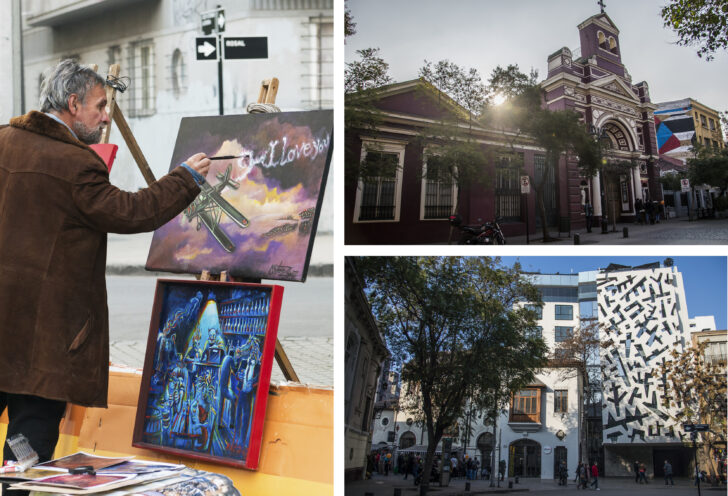
To the west of Lastarria is the Barrio Civico, where Chile’s government is based. La Moneda Presidential Palace can be found here with its adjacent plazas, as can some of the center’s iconic pedestrian walkways like Paseo Ahumada or Paseo Huerfanos. The Plaza de Armas is the city’s main square with the ornate, historic cathedral, government and commercial buildings. There is a long list of buildings with historical and cultural importance: the municipal library, Club Union, the Santiago stock market on Calle Nueva York, among others.

As in any city, it’s important to be aware of your surroundings and personal security, as there are issues with thieves. Lastarria is well frequented and security is bolstered at night, but the rest of Santiago Centro is best visited during the day, and still with some caution. Starting with these sites the first morning of your visit is a great way to ensure you get all your sightseeing in in Santiago, Chile in just 48 hours.
PM: Continue To The Modern Section Of The City:
Heading east, the city’s demographics and urban landscape shift. Providencia is a busy neighborhood with a mix of residential and commercial sectors. Its namesake street is one of the main avenues of the city, and has parks running along the Mapocho river. It’s also home to many hotels, and is a great spot for dining, cafés, shops and people-watching.
Continuing east, Las Condes is one of the most affluent municipalities in the city. “El Golf”, also dubbed “Sanhattan”, is the central financial and business district, also home to hotels, restaurants and shops. It’s a hub which is perfect for business travelers and has a strong international influence, but can also be an option for overnight stays for all.
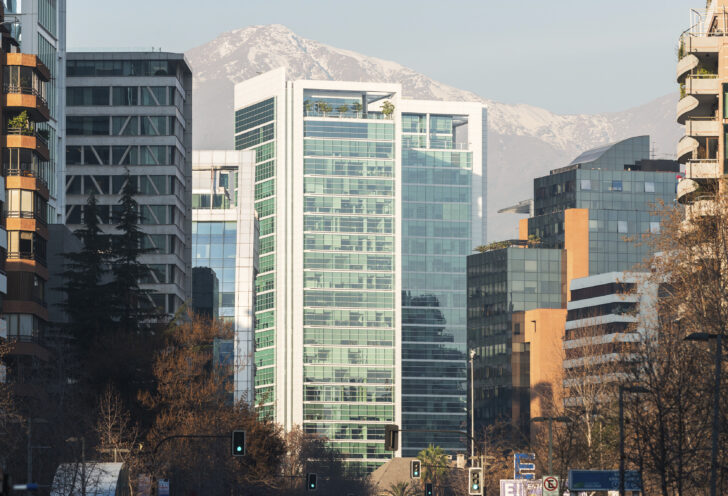
Vitacura is a wealthier neighborhood with a stronger residential element, and also good for restaurants. It houses Santiago’s high end shopping and dining quarter on Alonso de Cordova and Nueva Costanera.
Dinner Time: You’ve Got Options
Santiago’s dining scene has grown by leaps and bounds over the past 20 years, and now boasts a good variety of possibilities for different diets, palates and styles. With 48 hours in Santiago, you’ve got some time to try a couple of different options, and a nice meal following a day of urban exploration is a great pairing.
If you want to splurge on a gourmet meal:
Borago is the only Chilean restaurant on the World’s Top 50 restaurants list. Chef Rodolfo Guzman creates a sensory experience with unique Chilean ingredients and preparation. Peers with other gourmet establishments include Ambrosia, headed by chef Carolina Bazan who transformed a family-run restaurant into one of best dining spots in the country, with innovative dishes that reflect the family roots; or Spanish chef Sergio Barroso’s Olam is another top establishment where the chef demonstrates his technical skill, with an emphasis on Chile’s marine diversity.
Many decisions for dining can also be made by the neighborhood. Some of our picks by the area are:
Lastarria: Bocanariz is Chile’s best wine bar with great food too, while Liguria is a local classic, with an amazing building and it offers tasty, hearty portions. The wine list is great. As of this writing, Thursday to Saturday, Gabilondo Pizza has a pop up wine bar (Rebel Wine Bar) with hard-to-find labels and great prices.
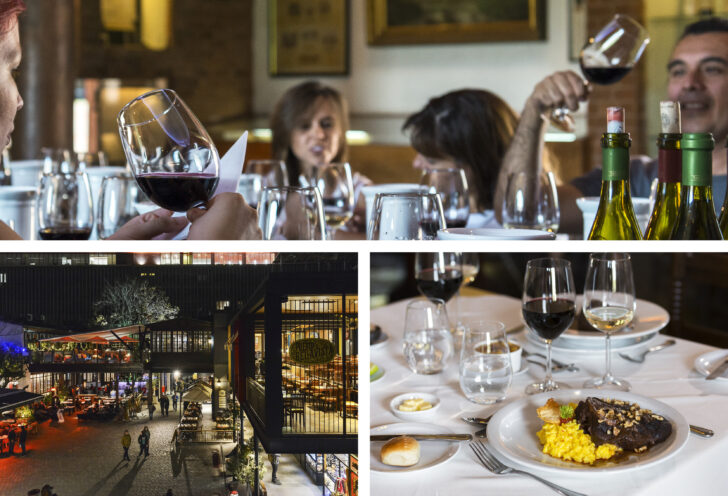
Bellavista: Once the epicenter of any night on the town, Bellavista has suffered due to social issues in 2019 and the pandemic. As a result, more caution is urged, especially at night. But Peumayen remains a stand out location for its “Ancestral” menu, and El Meson Nerudiano has a great vibe and live music. Patio Bellavista is also a hub of restaurants and offers some insulation from the street feel outside.
El Golf: This neighborhood in Las Condes centers on Isidora Gobernachea. Once the affluent residential barrio, it’s now the main financial and business district. For a more casual selection of local food, check out Ciro’s or Bar Central. For a nice meal, Olam is located here, or consider Karai with its Nikkei (Japanese/Peruvian fusion). Tiramisu pizzeria is a huge local’s favorite, and always full.
Providencia – Santa Magdalena/Nuevo Lyon: This neighborhood sits in the block between the main avenue of Providencia and Andres Bello, which runs parallel to the Mapocho river in Providencia. For an extensive wine list, a bustling setting and great French food, Baco is a great choice, or the simpler, more casual alternative is Le Bistro, a couple of doors down. Ambrosia Bistro is the casual format of the high-end restaurant of Chef Carolina Bazan. There are also great sandwich shops, most notably Soler, a pork producer from the countryside with some delicious products. Across the way, Kross Bar is the restaurant of one of Chile’s best beer brands, and El Huerto the city’s first vegetarian restaurant.
Vitacura: Vitacura is a wealthy neighborhood with a wide selection of cafés, restaurants and shops. The most active dining area is on Alonso de Cordova and Nueva Costanera, where you also have high-end shops, art galleries and cafés. Vinolia has themed tastings, complete with a cinema experience, and there are also a number of well-known Peruvian restaurants in this sector too: Panchita and La Mar being two standouts. Mestizo sits at the end of Parque Bicentenario with beautiful views, and La Calma and Aqui Esta Coco are prime seafood restaurants.
Barrio Italia: This neighborhood started as a hub with antiques and car shops. Renovations and growth led to a number of little design themed hubs with small stores and cafés. After the pandemic, the number of restaurants here exploded, and it’s a great place to walk, people-watch and enjoy Italian, Peruvian, Chilean and more. Lusitano has a great vibe and good food, while Galpon Italia has a casual menu, as well as Chilean craft beers on tap.
If you’re interested in crafting a custom trip to Chile, reach out to our Trip Specialists at 612-315-2894 or [email protected] to begin planning today!
Day 2: Culture & Nature
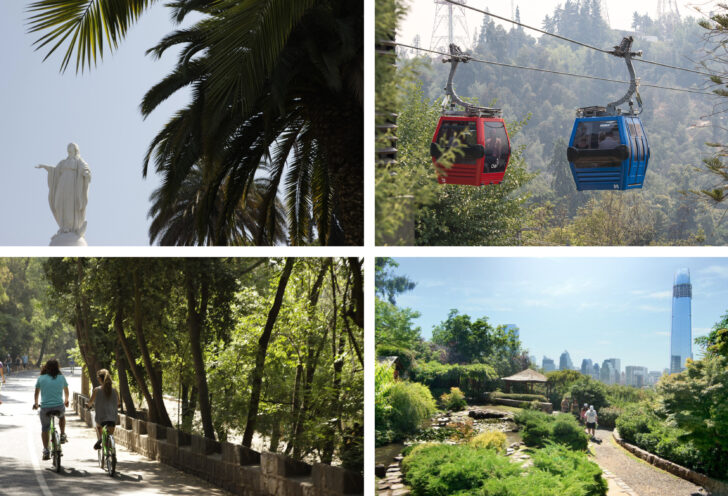
Santiago sits at the foothills of the Andes and still has some significant green spaces which extend through the urban grid. Chilean park culture is strong, and each one will have visitors and family year-round.
AM: Parks & Nature
Parque Metropolitano: Also dubbed “Parquemet”, this is Santiago’s largest park and one of the largest urban parks in Latin America. Many times it’s referred to by its most visible peak, Cerro San Cristobal, with its virgin statue at the top, and a cable car and tram system is the main highlight, and a must-see for visitors. It’s a nice visit at any time, but afternoons as the sun drops down can be an ideal time to visit. The park also has a number of other areas for relaxing, biking and hiking, and maps are available on their website for those who want to explore more.
Parque Bicentenario: One of Santiago’s newest parks with impeccable landscaping, chill shady areas, great for kids, dogs, or walking, this sprawling park in Vitacura has views of San Cristobal, Cerro Manquehue and the skyline of “El Golf”. It’s always full of families and park lovers, and is perfect for a leisurely picnic or just to chill after a busy trip.
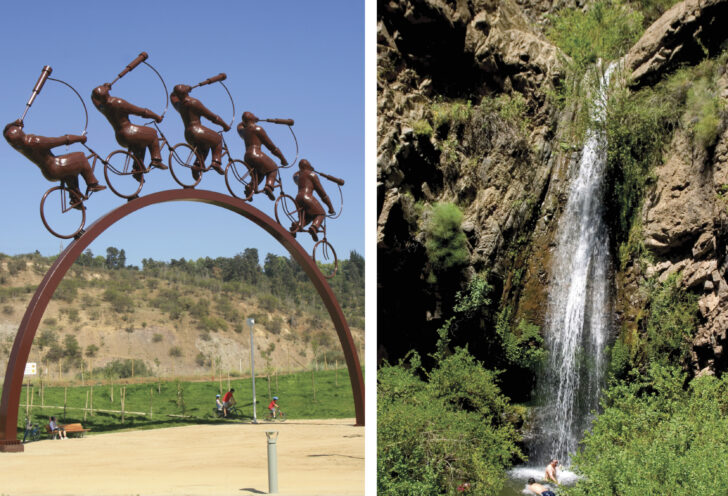
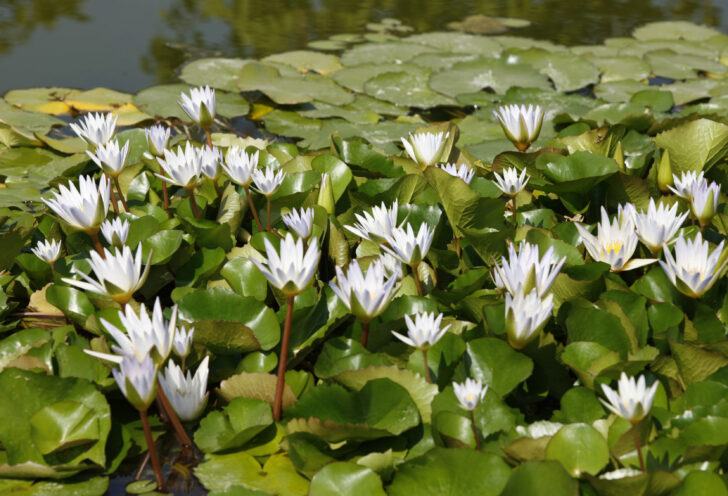
Parque Araucano: Located in Las Condes, this is one of the largest green spaces in eastern Santiago and has a nice array of options for a day visit. The park itself has a rose garden, basketball courts and multiple fields plus play equipment for kids. It also has an events center, food trucks, bars and restaurants to complete the offer.
Parque Cordillera: More of a nature reserve than an urban park, you can find good hiking trails close to the city. Aguas de Ramon is a favorite, and only a 25 minute drive from Providencia.
PM: Culture & Art
Santiago is home to a selection of museums, galleries and exhibits that allow visitors an introduction to the country’s colonial roots, indigenous influences and contemporary imprints from other Latina American countries, North America and Europe. After some time appreciating the city’s green spaces, work a visit to one of its cultural hubs into your itinerary.
A visit to Santiago, following the geographical footprint suggested here, gives quite a few opportunities to view and experience these trends. The Museo de Bellas Artes is Chile’s traditional fine arts museum, and one of its most immaculate buildings that you can enter. The Contemporary Art Museum (MAC), just behind it, is a university-run space, but complements a visit here in Santiago Centro, next to Lastarria.
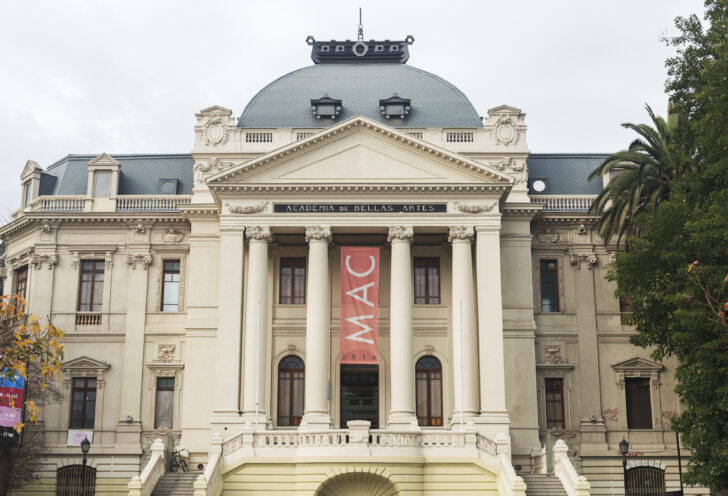
This same neighborhood is also home to the Museum of Visual Arts (MAVI) which features contemporary arts of different media. Just a few blocks away, The Centro Gabriela Mistral (GAM) is an iconic building with a tumultuous past and its inauguration led the way to the neighborhood’s crowning as the arts center of Santiago. GAM is home to expositions, unique modern architecture, theater, restaurants, festivals and also seems to have a good amount of people around enjoying the site.
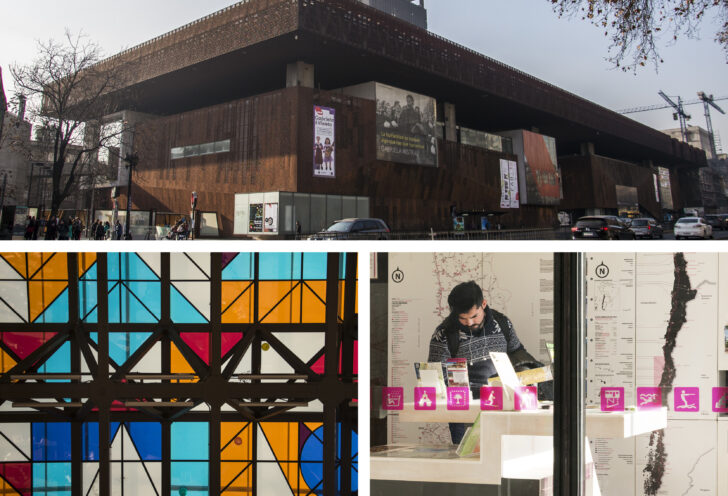
In the Barrio Cívico, near all the government buildings, the presidential palace La Moneda has its own arts center (Centro Cultural La Moneda) in the basement which is open to the public, and a few blocks away, one of the best visits is the Pre-Columbian Art Museum, with multiple floors of arts and artifacts from numerous indigenous communities throughout Latin America.
If politics is your interest, then the Museo de Memoria is an intense commemoration of the human rights abuses which occurred under Chile’s military dictator Augusto Pinochet and located near the sprawling land of Parque Quinta Normal. Likewise, the foundation of the ousted President, Salvador Allende, also has a museum (Museo de la Solidaridad Salvador Allende) which includes an impressive collection of art donated to his administration in its short-lived run in the 1970s.
In Bellavista, find La Chascona, the former home of Chile’s nobel prize winning poet Pablo Neruda.
Not all the art and culture is in the center of Santiago, however. The upscale Alonso de Cordova district is also home to several commercial galleries and spaces; CV Galeria and Galeria Animal are two standouts, as well as Galeria Patricia Ready, which has a couple of spaces for rotating exhibits, and a basement area full of work from contemporary Chilean artists. Museo de La Moda is another unique collection with fashion objects from around the world.
Shopping
Visitors might need to pick up a souvenir for loved ones back home, or maybe you forgot to pack your hiking boots. For a range of artisan crafts and goods, Pueblito Los Dominicos is located in Las Condes and has the setting of a little village with adobe buildings, and has a range of different items and artisan workshops. For a more commercial offer, the Costanera Center Mall is five storeys of international brands and stores. If you need outdoor gear specifically, then one of Decathalon’s stores (there’s one located in the Costanera Center) is your best bet to pick up replacements at a good price. Or you can look to AndesGear if your budget is flexible and you want the top brands. Looking to bring home some wine? Mundo de Vino has a wide selection and multiple locations, and Santiago Wine Club, located in Lastarria, is great for smaller, boutique wineries.
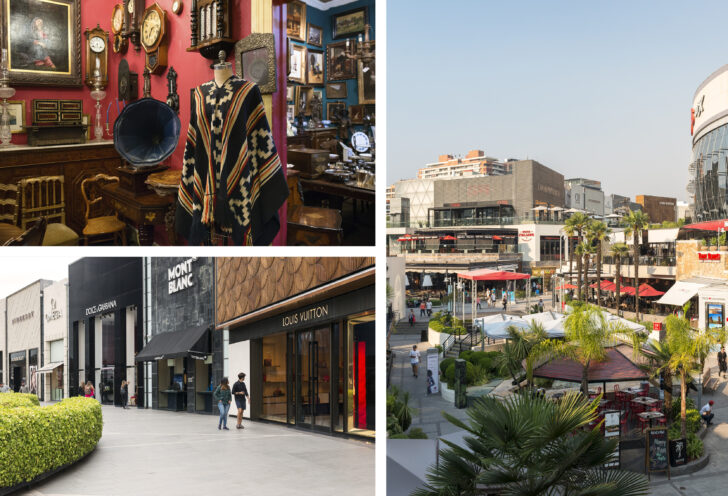
Making the most of your visit to Santiago, Chile in 48 hours and incorporating these possibilities into your personal travel style is a perfect precursor or finale for a memorable, once-in-a-lifetime trip to Chile, whether your path leads to Patagonia, Atacama or beyond. It is always Knowmad’s goal that our travelers feel prepared for and excited about their adventure to Chile and South America. If you have any questions we can help answer, or if you’d like to discuss planning your own adventure to Chile, give one of our Trip Specialists a call today at at 612-315-2894, or email us at [email protected] to begin planning your personalized Chile itinerary.
WHO WE ARE
- Award-winning Patagonia specialists
- Truly customized, private trips
- Family-owned, boutique company
- Hand-picked, small accommodations
- Knowledgeable, fun, local guides
- Stress-free travel experiences

Colin is a Trip Specialist based in Santiago, Chile and Knowmad Adventures is a South American travel company that crafts active, authentic and sustainable experiences for the independent traveler. An Iowan native, Colin has been a Santiago resident since 2004, and shares his top picks for what to do with 48 hours in Chile’s capital city.

